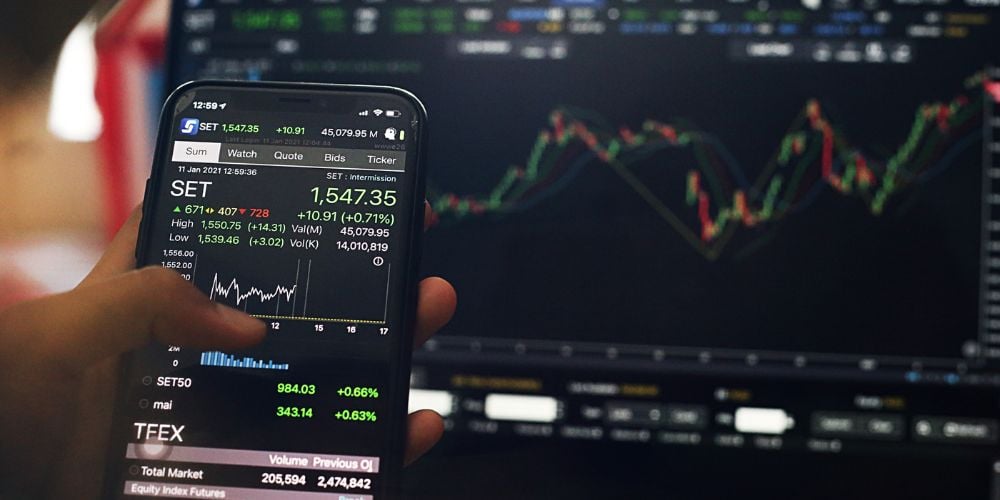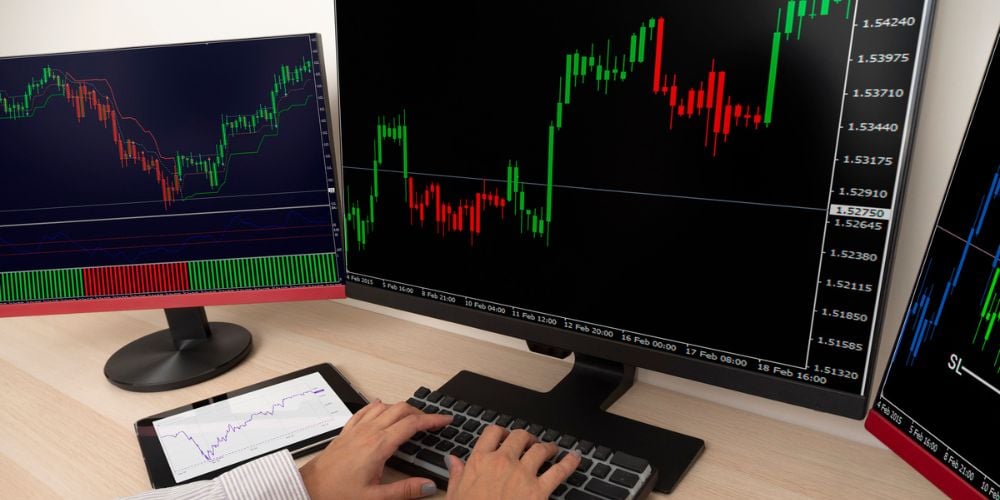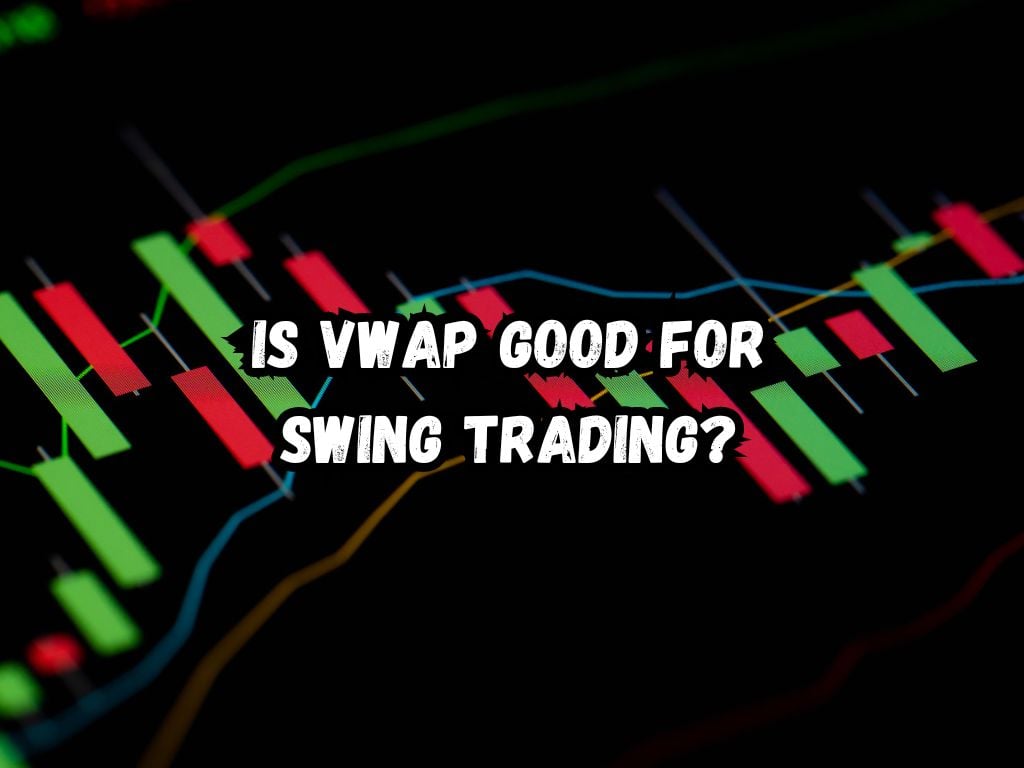Swing trading has long captivated technicians and analysts alike, promising short-term gains within a few days to numerous weeks. To thrive within this fast-paced environment, traders must stay abreast of the latest strategies and technological tools.
Indeed, one tool in particular has found itself at the forefront of trader discussions across the world — the Volume Weighted Average Price (VWAP).
Despite its inherent popularity, clarification is needed: Is VWAP good for swing trading? To answer this, we must embark on a comprehensive analysis.
Swing trading is a tactic that capitalizes on measurable gains within a stipulated time frame. Most often, these periods stretch from days to weeks.
Unlike day trading, where position exits must occur prior to market closure for the day, swing traders leverage price swings over a more extended period. This play demands a robust understanding of market trends, rhythmic patterns, and objective indicator input.
The Integral Role of VWAP in Trading
In the realm of swing trading, the VWAP stands as a significant character. It serves as a vital benchmark in determining the authentic average price of a stock, using volume at diverse price points for the formulation.
This amalgamation of price and volume offers traders a clear snapshot of the trend and the value of a stock within a single trading day. Unsurprisingly, traders worldwide capitalize on VWAP to distinguish between lucrative buys and sells.

Is VWAP Good For Swing Trading? Weighing the Pros and Cons
To gain a comprehensive understanding of any concept, we must scrutinize its advantages and disadvantages objectively. When we apply this rule to VWAP in the context of swing trading, we uncover essential insights.
Embracing the Positives Of VWAP
In the world of swing trading, the VWAP presents unique information regarding market sentiment and price trends that traders can harness.
By showcasing an average price weighted by volume, traders can identify not just the ongoing trend but also the innate strength of the trend, thanks to the insightful trading volume data.
This understanding is a valuable resource for swing traders because it allows them to engage in trades at the ideal points of entry and exit.
Confronting the Shortcomings Of VWAP
Despite the benefits that VWAP has to offer, traders must also address its inherent limitations. The primary concern lies in its nature as a ‘lagging indicator’ that relies heavily on past data.
This characteristic could potentially rob traders of current signals, which are crucial in making well-timed decisions. On days when the trading volume deviates from previous sessions, the reliability of the VWAP due to volume-dependent data can wane.
Mastering VWAP for Swing Trading
For swing traders aspiring to incorporate VWAP into their trading routines, determining opportune points of entry and exit should be their focus. VWAP can function as a dynamic level of support or resistance for stock prices.
Should a stock’s price fall below the VWAP level, it could signal an advantageous entry point for a long position, suggesting possible undervaluation.
Conversely, if a stock’s price surpasses the VWAP, it could suggest an overvalued stock and therefore present a window for exit or an opportunity for short selling.
Incorporating VWAP with other pertinent indicators, such as Relative Strength Index (RSI) or moving averages, can present a holistic overview of market movement. The combination can validate the signals broadcasted by VWAP, thereby crafting a strategy that offers more dependable trading insights.
VWAP Illustrated: Case Studies and Real World Applications
A study of historical data makes it clear that the VWAP has guided numerous traders in making profitable decisions. For instance, consider a stock that consistently shows a price reversal pattern.
The stock price moves significantly above or below the VWAP before reverting back towards it. Traders who can identify such patterns can design their trading strategies around these movements, thus optimizing profitability.
Alternatives to VWAP for Swing Trading
Although VWAP unquestionably offers benefits to swing traders, it is certainly not the lone tool available.
Traders can also explore alternatives like the Simple Moving Average (SMA), which can provide insights into market trends without considering volume. Other tools like the Exponential Moving Average (EMA) also present viable alternatives.
Every tool has its strengths, weaknesses, and corresponding effectiveness, which varies based on market conditions and individual trading strategies.

Frequently Asked Questions
Can VWAP Outperform Day Trading in Swing Trading?
While day trading frequently employs VWAP due to its emphasis on daily price and volume data, utilization of VWAP in swing trading can also provide significant market overview, especially when used synergistically with other indicators.
Can VWAP Outrank Simple Moving Averages (SMA) for Swing Trading?
VWAP combines insights from both price and volume, offering a layered understanding of market sentiment. SMA, however, focuses exclusively on price.
Although VWAP may provide more nuanced market understanding, SMA can offer cleaner trading signals by omitting volume from its calculation.
Can VWAP Function Independently in Making Trading Decisions?
While VWAP undoubtedly offers significant market insights, it is risky to rely exclusively on any single indicator, including VWAP. Combining VWAP with various other indicators offers a multidimensional view that can lead to better-informed trading decisions.
To conclude, the unique functionality of VWAP, which combines price and volume, does offer valuable tools for swing trading. But the key to more effective trading always lies in blending VWAP with a broader, more diverse trading strategy.
With this approach, traders can unlock a world of better-informed and more profitable trading decisions.
Conclusion
Within the domain of swing trading, VWAP emerges as a tool of notable utility, aiding in deciphering complicated market movements.
It takes into account both price and volume, offering insights to fine-tune the accuracy of trading decisions.
Still, as with any tool or strategy, its success lies in context and in the skill of the trader in drawing insights from the data.
You can optimize the functions of VWAP with the right understanding around its merits and demerits.
Invariably you will find that when you meld VWAP with other indicators, you gain the ability to make informed and ultimately more profitable trading decisions.


 Tags:
Tags:










